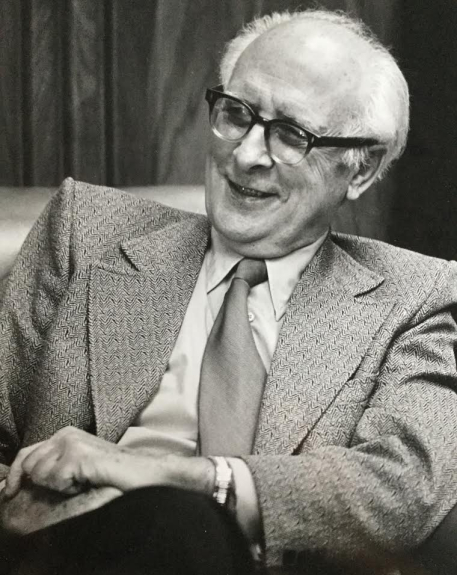1997 INDUCTEE Henri J. Breault, MD Health Policy, Patient Care
March 4, 1909
(Tecumseh, Ontario)
October 9, 1983
MD, University of Western Ontario (1936)
1978: Alan Ross Award, Canadian Pediatric Society
Dr. Henri Breault Community Excellence Award, City of Tecumseh
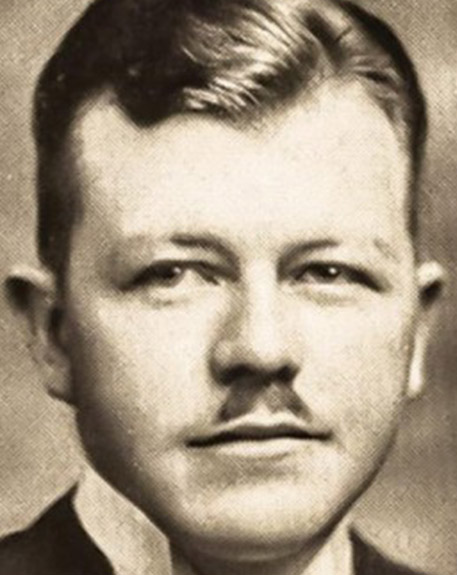
Advocated for better child protection from hazardous materials
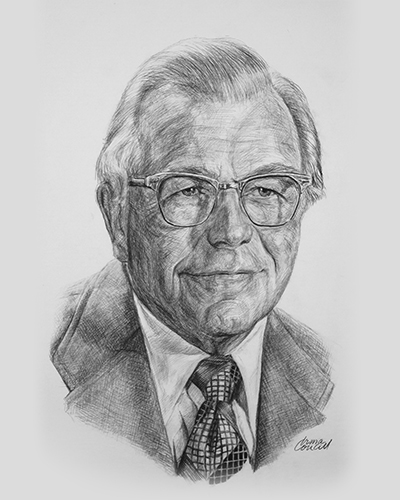
A champion of child safety
In the 1960s, Dr. Henri J. Breault conceived an idea that would solve a global epidemic of accidental child poisonings and save countless lives of children worldwide. Early in his career, Dr. Breault faced daily cases of children poisoned by medicines or other "hazardous products" found in the home, especially the aspirin bottles which could be easily opened. It seemed nothing was being done about the worsening situation. After an aggressive public education failed to lower the incidence, Dr. Breault focused instead on prevention and protection by facilitating the development of the first child-proof container. Thanks to his dedicated efforts, child-resistant containers for medicines would eventually become mandated by the government, saving many children from accidental poisoning.
Key Facts
Raised awareness about the 1,000 cases and at least 1 death each year in Windsor from accidental poisonings
Forged an alliance between local physicians and pharmacists to save children from accidental poisoning
Following the implementation of a child safety cap, the incidence of child poisoning quickly dropped by 91%
Professional timeline
Impact on lives today
Dr. Breault's child-proof container idea has saved countless children. Indeed, as one enthusiastic health official put it: "The Child-Resistant Container is to childhood poisonings what the Salk vaccine is to polio". His original design is still in use today for many over-the-counter and prescription drugs. Dr. Breault has earned his reputation as a Canadian hero and, thanks to him, child fatalities and serious injuries due to accidental poisonings remain relatively low in Canada with the help of the Palm N’ Turn.
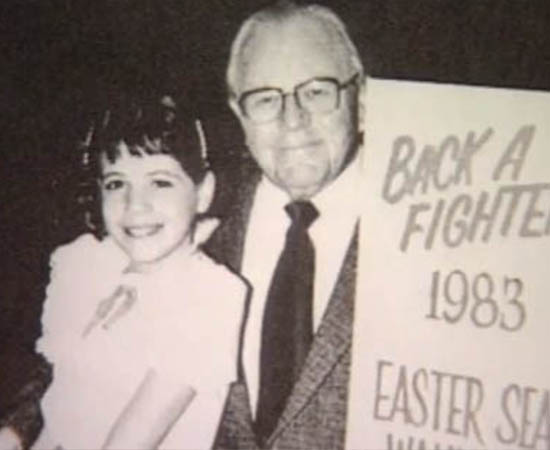
1997
-
Henri Breault posthumously inducted into the Canadian Medical Hall of Fame
London, Ontario
-
In honour of his career, the Hotel Dieu Hospital in Windsor established the "Henri J. Breault Pediatrics Centre"
-
Breault campaigned for over a decade to various levels of government to have the cap mandated by law
Health PolicyIn 1974, his efforts were successful and the Ontario government became the first to mandate that the child-resistant cap be used on all medical vials and household solvent containers. The remaining provinces promptly followed suit, as did the United States, significantly reducing the rate of accidental child poisonings across North America.
-
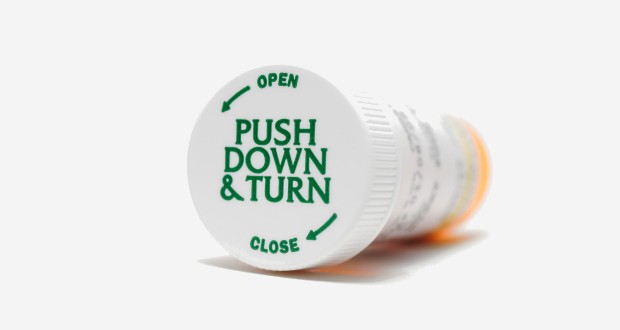
Dr. Breault successfully patented the “Palm N’ Turn” container
Patient CareMany designs were submitted, but the winning design was by Peter Hedgewick, president of International Tool Limited Industries, for his “Palm N’ Turn”. In partnership with Mr. Hedgewick, Dr. Breault developed the design and technology which requires the user to push down and turn the cap to open the container, making it more difficult for children to access potentially fatal products.
-
Realized the problem extended beyond Windsor and was, in fact, a national and global epidemic
Global HealthWith OACAP, he formed alliances with local pharmacies and physicians and launched several public safety awareness campaigns, as well as a competition to invent a child-resistant container for medication.
-
Henri Breault began advocating for the prevention of accidental child poisonings
Health PolicyHe established the Ontario Association for the Control of Accidental Poisonings (OACAP), a not-for-profit organization that supported and promoted the development of child-resistant containers.
-
Became the Chief of Pediatrics and Director of Poison Control Centre at the Hotel Dieu Hospital
Patient Care, Diagnosis, Treatment and PreventionWhether it was in his private practice or at Hotel Dieu Hospital, he treated a staggering number of children who had accidentally ingested potentially harmful materials including medications, vitamins and household solvents.
-
Decided to remain in the Windsor area
He established his medical practice in 1939.
-

Received his MD from The University of Western Ontario
He then completed an internship at the Hotel Dieu Hospital in Windsor, which gave him a strong foundation in pediatrics.
1936
His campaign to prevent childhood poisonings saved the lives of many children.


